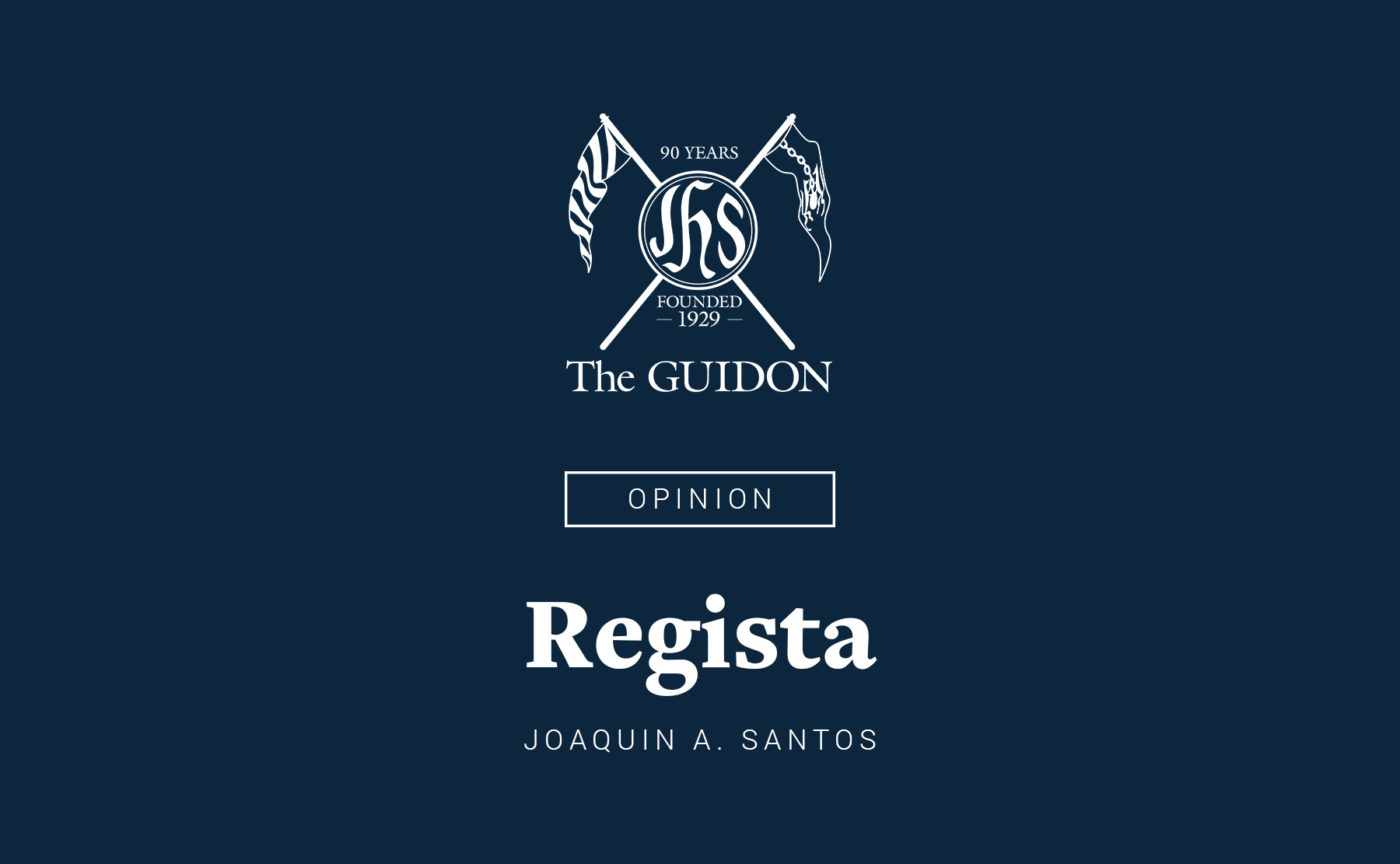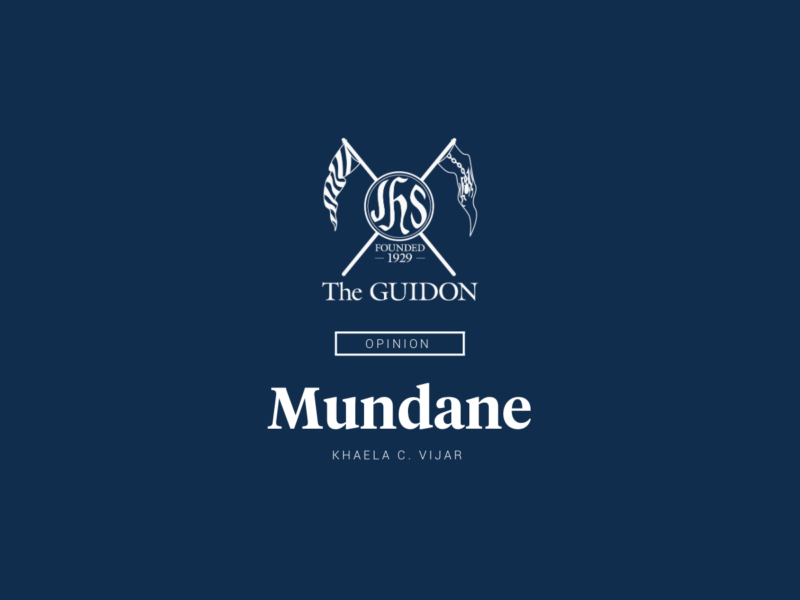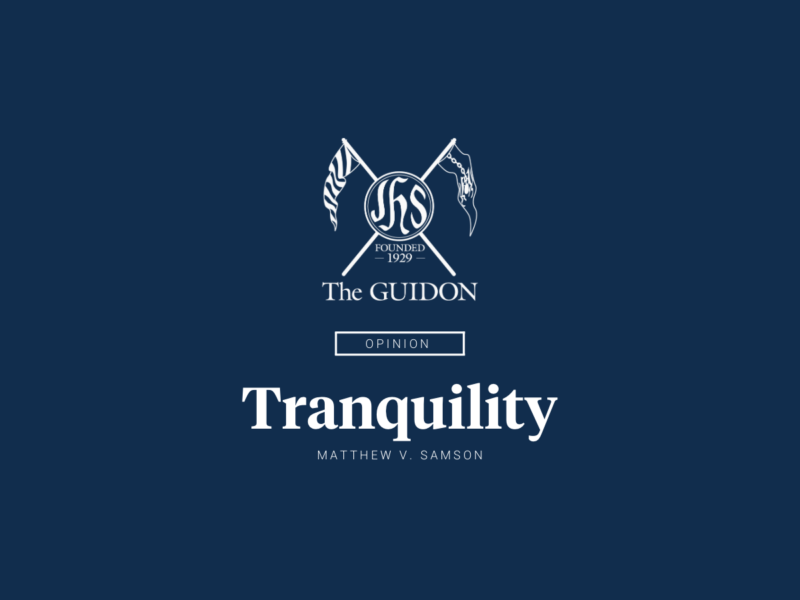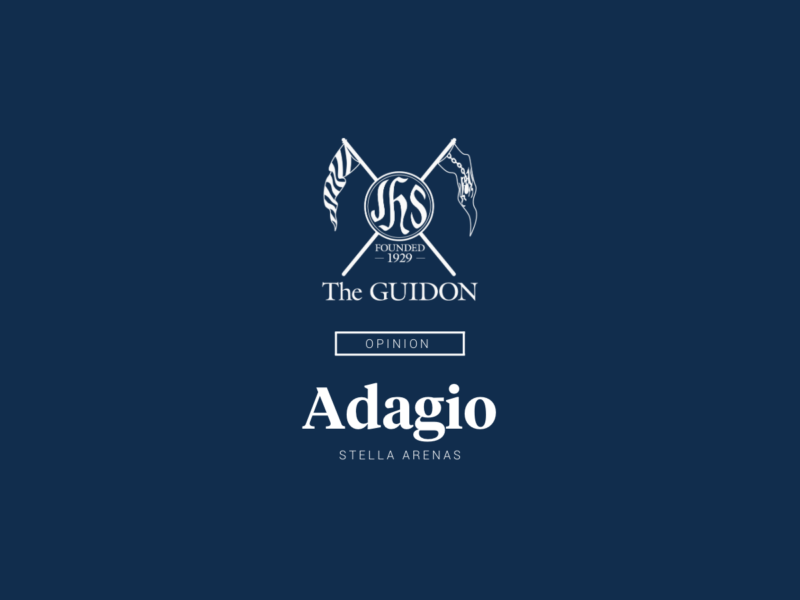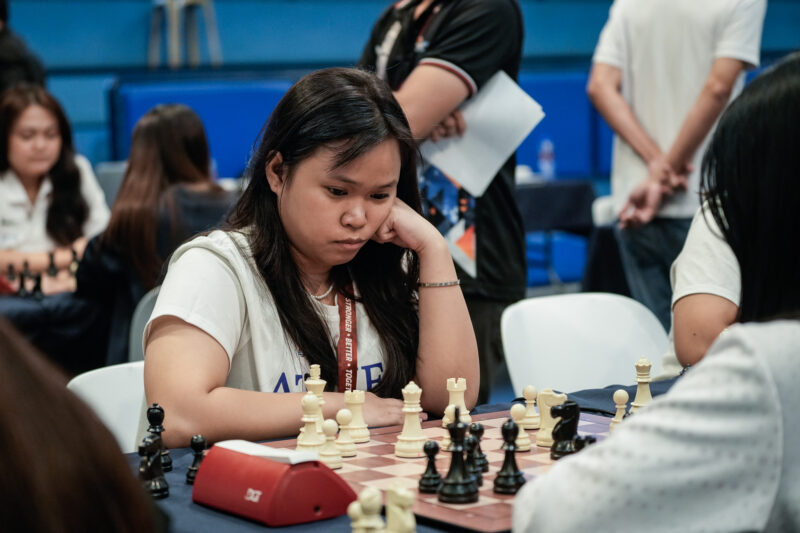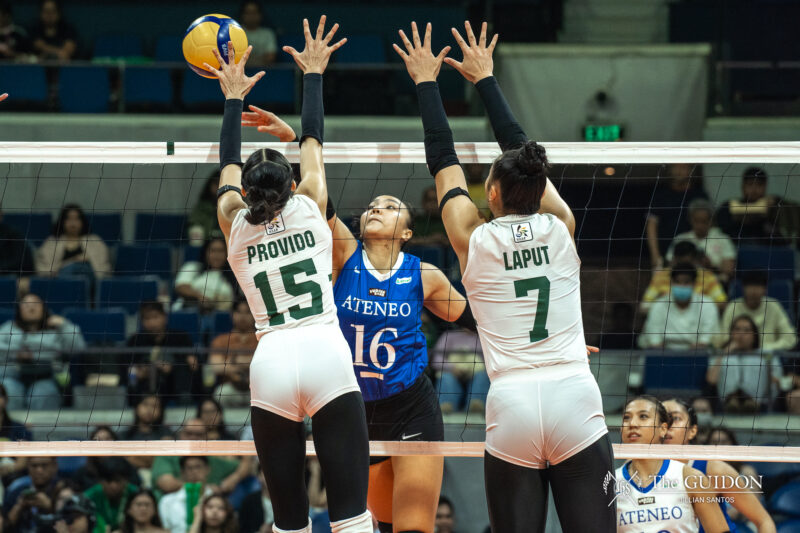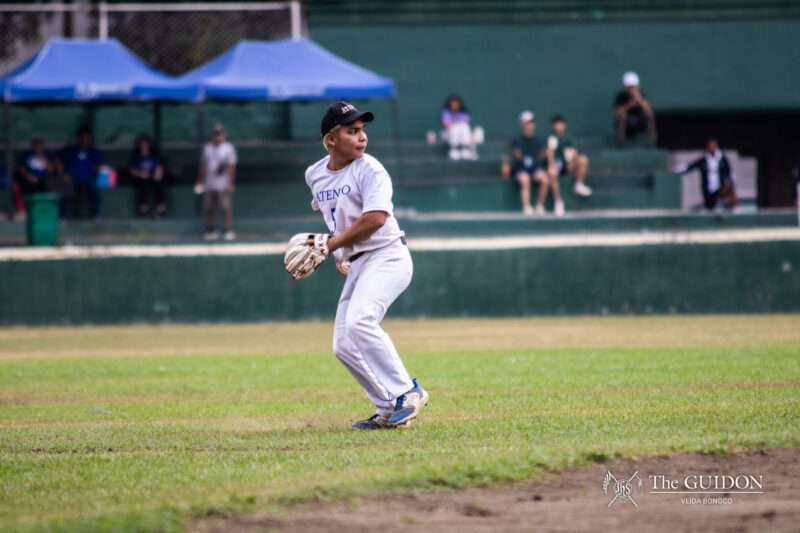I met this girl when I was 10 years old, but what I loved most: She had so much soul.
That’s how Common opens his song, “I Used to Love H.E.R.” (1994). It’s one of the seminal rap songs of all time—a 4:39 history of rap told through a love story.
For all fans of the music, that story runs a little different. Some are blessed enough to tell their own. For me, whose rap career consists of scribbling a few clever lines, I’ve learned to love rap by listening to them tell it.
When I get ready in the morning, I like to play Doug E. Fresh’s “La-Di-Da-Di” (1985). It narrates a day in the life of Slick Rick, featuring a regretful ex-lover and a jealous older woman. I don’t have women fighting over me, so I can’t really relate. I love it because he spends half of the song rapping about his own morning routine as I go through mine.
That, in a nutshell, captures my connection with rap. I’m a 21-year-old man born and raised in Manila. I don’t own Gucci underwear like Slick Rick, nor do I play Monopoly with real cash like Jay-Z. Yet, listening to their stories doesn’t stretch the gulf between us; it shrinks it. When the rapper turns narrator, he wields the rare power to share specific, personal experiences in a way that the listener can make their own. The slang and curse words that make it seem crass give it the color necessary to see what it means to share.
I start my day with Slick Rick. Walking to school, I play Nas’ “The World Is Yours” (1994). If my day chews me up, “Runnin’” (1995) by The Pharcyde is the medicine. A Tribe Called Quest’s “Oh My God” (1994) does the trick on a night out. If rap is Common’s muse, rap is my most loyal friend and my wisest mentor.
What rap lacks in apparent musicality it makes up for with rhyme, cadence, and literary devices curated to marry the music, such that the rapper’s voice blends as another instrument. The works of Rakim, Biggie, Outkast can stand up to any song or literary work, in terms of detail and technique.
These characteristics allow rap to be an effective medium for any message. It broadcasts the activism of Black Star and N.W.A., soulful movements like Tribe and De La Soul, and the raw emotion of ‘Pac in a way that entertains and triggers reflection.
But more than anything, rap is the listener’s roadmap to life—the same way it guides me through my morning routine, matches my stride on the way to school, and picks me up to go at the world again.
Mos Def has a line that goes, “Speech is my hammer, bang the world into shape; now let it fall.” Rappers are our urban poets, telling the world one story at a time. All we need to do is Hear Every Rhyme.

